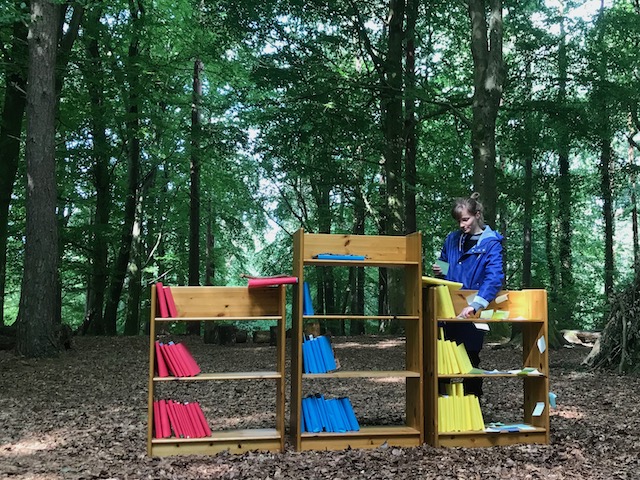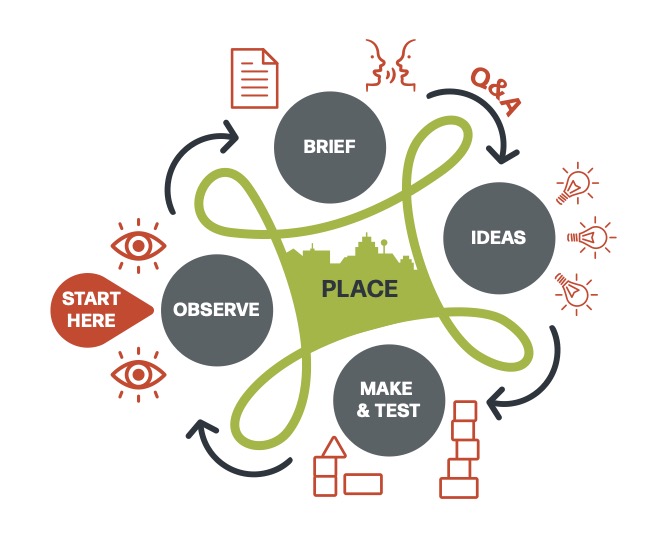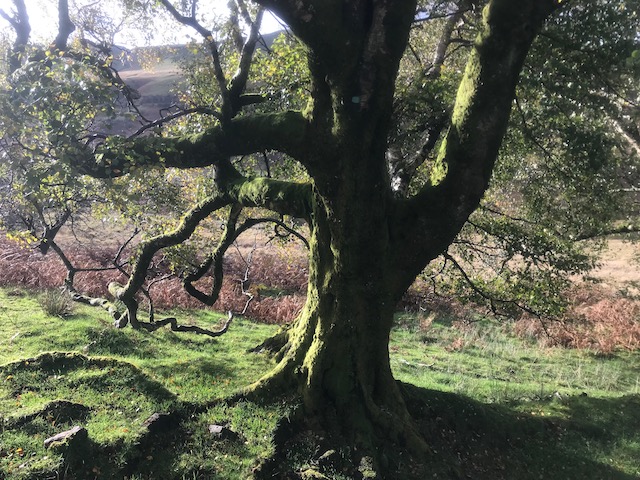The regenerative designer uses living systems as a guide for how to live as part of and contribute to the wider thriving of our living systems. The Living Systems Blueprint is our rough guide to thinking and designing like living systems.
Understanding living work rhythms
One of the dimensions we need to consider is how we relate to rates of work. Very few living systems work at a constant rate; rather, they go through cycles of production and restoration. These cycles of work often mirror the larger physical cycles that we all experience: the passing of the day, the lunar month, and the turning of the seasons. By aligning periods of work with times when there is more energy available, living systems can be more energetically efficient.
Humans in the Global North once lived much more closely in tune with natural cycles. But the availability of cheap energy has decoupled many of our activities from these living rhythms. Yes, we still sleep every day, but the length of the working day does not necessarily reflect the amount of light available. Our system of weeks and months is decoupled from the living world, and there is very little variation in our patterns to reflect the seasons.
The Cost of Constant Output
The invention of the production line in the twentieth century created the ideal of producing constant output. But this requires a large amount of energy to maintain, and in the case of humans, that includes mental energy.
If we want to live and thrive within our ecosystem’s limits, it makes sense to think about how we too can return to more cyclical rhythms of working, ones that relate to the large-scale physical cycles that dominate the living world. This is where the concept of the lunar sprint comes into play.
Benefits of Cyclical Work Rhythms
Working in a more cyclical way offers several benefits:
- Human Thriving: Creating a balance between periods of work and nourishment that enable that work.
- Better Tuning: Helping us better tune in to what the living world is doing, allowing us to listen to its feedback and learn from how it works.
- Energy Alignment: Giving us the chance to align our work with times when there is more abundant energy available in the system.
- Inclusivity: Honouring and tuning into the rhythms of many people who menstruate, acknowledging their natural cycles.
Introducing the Lunar Sprint
Working with cycles is already familiar to people who use agile ‘sprints’—short bursts of activity to deliver a specific output followed by a period of rest, mirroring how living systems operate. The concept of the lunar sprint is to take the agile sprint one step further and map it to a physical cycle—the lunar month.
The lunar sprint operates between two poles: the new moon, when we think about what is possible, and the full moon, which is showtime, the day when we present our work. Here’s how the cycle of design work could map out:
- New Moon – The time of greatest darkness. Time to gather stakeholders and imagine what is possible, what the next phase of work could deliver.
- Waxing Crescent – Starting to turn ideas into plans. Lining up the resources to do this cycle’s work.
- First Quarter – Focus on producing output. Peak production. Turn off the critical voice and amass ideas. Fill the Kalideascope.
- Waxing Gibbous – Starting to edit and improve.
- Full Moon – The time of greatest light, when there are no shadows on the moon. This is the time to go live, present your ideas, launch the product, etc.
- Waning Gibbous – Harvest, write up, share the outputs, gather feedback. Pay and get paid.
- Third Quarter – Give back to the system that enabled you to do the work. Teach, mentor. Sharpen the tools and tidy up.
- Waning Crescent – Nourish yourself, read, reflect on what you have done. Rest in readiness for the next cycle.
- And repeat.
Living in Tune with the Living World through Lunar Sprints
The lunar sprint includes many of the usual parts of a project process, balancing these with paying attention to nurturing the parts of the system that enable us to do our work. By linking this work to a physical cycle, it allows us to step into living in tune with the living world. It enables us, in the words of Daniel Wahl, ‘to live the question’ of What if we were to live like the rest of the living world?



